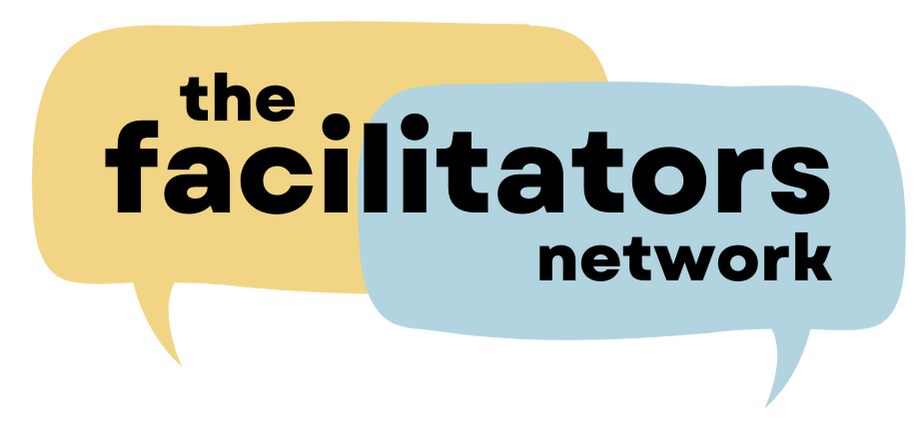Brainstorming, Idea Generation or Problem-Solving Jams. Whatever you call them, the theory is these sessions bring out the biggest, brightest and best ideas from a group. However, truly innovative thinking takes more than gathering some people and supplying them with post-it notes. If you want to generate truly creative ideas, there are a few things you need to keep in mind.
1. Frame the session with a ‘How might we…’ question.
If you want to generate ideas that are both creative and actionable, you need to be specific about the challenge or task you are hoping to address. Instead of saying something like “Let’s brainstorm some ideas for next year’s conference”, try asking “How might we make next year’s conference the most engaging experience we have ever created?”.
When people are clear about the purpose of the brainstorm, they are more likely to generate ideas that will meet the need. The more specific you can be the better.
2. Go wide before you go narrow.
Once you are clear about the task at hand, encourage people to generate ideas through the lens of “What if…” or “Imagine if we could…” This allows people to consider ideas that might not seem possible or probable at first glance.
By framing up the ideas through a lens of imagination, people feel more comfortable introducing ideas that aren’t fully formed, and you get the benefit of one person’s idea bouncing off another.
3. Allow people to brainstorm on their own first.
As soon as people speak ideas aloud, it can be easy to head down a rabbit hole or get caught up focused on one idea. By starting the session with solo-brainstorming, ideas get captured on post-it notes before they are forgotten or talked over.
After a few minutes of brainstorming alone, invite the group to share back all their ideas, one idea at a time. Hold back on any discussion until all the ideas have been spoken aloud.
4. Introduce creativity tools.
It’s likely that the first round of ideas will be things that people have thought about before, and while they might be good ideas, a brainstorming session is a great place to extend the group’s thinking.
Before breaking into small groups for a second round of brainstorming, introduce some tools or resources that will encourage creative exploration. My go-to three are word-games, lego and picture cards. However, there are dozens of ways you can stimulate out-of-the-box ideas. Check out our quick list innovation exercises here.
5. Identify which ideas to explore some more.
Once you have ‘gone wide’ and generated dozens and dozens of ideas, you can start to narrow down the ones you want to explore some more. A common way to do this is by using Dot Democracy; an activity where people are given sticky dots and asked to vote on their favourite ideas. Another option is to use a Decision-Making Matrix. A matrix can help identify which ideas are quick-wins, and which may require more time or resources to implement well.
6. Create next steps.
Once you have identified which ideas have the most support, it is essential to create an action plan that outlines next steps. Do you need to do more research or constructive evaluation before committing to the preferred ideas? Do you need to assign specific tasks to specific people? Does a report need to be written or a working group formed?
If you are serious about taking ideas to action, finishing the session with clear next steps is essential. Make sure everyone knows who is required to do what, and by when.
Running an effective brainstorming session requires a careful balance between structured process and freedom to explore. As a facilitator, it’s important to hold this tension in the midst of creative chaos.
Kerri Price
Kerri is a professional facilitator with over 20 years experience in facilitation roles. She is the founder of The Facilitators Network and regularly facilitates workshops on Facilitation and Building a Facilitation Business. If you need someone to facilitate an Idea Jam for your business, organisation or community, get in touch.
Email: kerri@thefacilitatorsnetwork.co.nz

